ohio buckeye tree scientific name
50-75 ft 15-23 m tall 1-15 ft 3-5 m trunk diameter. It has upright clusters of yellow-green flowers in spring.

Ohio Buckeye Welcome To Whitehouse Ohio
The Ohio buckeye is a medium-sized tree that sometimes grows to heights of 70 feet but is usually shorter.

. Early Glow Ohio buckeye Aesculus glabra JN. 770 lb f 3430 N. Ohio buckeye Aesculus glabra also known as American buckeye fetid buckeye and stinking buck-eye derives its unflattering common names from the disagreeable odor that emanates when the leaves are crushed.
Midwest and eastern United States. Shop Nature Hills Today. 20 to 40 ft.
The Ohio buckeye came into the scientific world as a new species under the name Aesculus glabra described by Professor Carl Ludwig Willdenow Director of the Botanical Garden in Berlin Germany. The leaves release an unpleasant odor when crushed. Reliable red fall color and low fruit production.
Hippocastanaceae horse chestnuts Description. Where it is found. 35 12 m tall.
Aesculus is a genus of trees and shrubs in the plant family that are found in north temperate regions with palmately divided leaves showy flowers in ample panicles and large shiny seeds. Buckeye is a variety of ornamental trees in the genus Aesculus and family Sapindaceae. It is also found locally in the extreme southwest of Ontario on Walpole.
Comments Ohio Buckeye or Fetid Buckeye is native to North America and generally has a short trunk and low branching structure. The tree species Aesculus glabra is commonly known as Ohio buckeye American buckeye or fetid buckeye. Ohio buckeye also known as American buckeye fetid buckeye and stinking buck-eye derives its unflattering common names from the disagreeable.
Tree Canada is a registered charity. 325 lbsft 3 520 kgm 3 Specific Gravity Basic 12 MC44 52. In Iowa the Ohio buckeye is found scattered in timber in mixture with other species in the southeastern and central parts usually on moist bottomland soils.
Ohio Buckeye Aesculus glabra Description. There are four main varieties of buckeye trees. Ad Browse Our Wide Selection Of Beautiful Accent Trees Flowering Shrubs Perennials More.
Native Plant Society of Oregon 2008. Ohio buckeye stinking buckeye. An early botanist found it on the banks of the Ohio River and added Ohio to the common name in order to distinguish this species from the related Yellow Buckeye.
A cultivar with superior resistance to leaf blotch leaf scorch and powdery mildew. 50 to 70 ft Spread. Family name Common name Scientific name Overview TREES OF OHIO TABLE OF CONTENTS 02 Introduction 04 History of Ohios Forests 05 Importance of Trees 06 Broadleaf Types.
This tree is about 40-60 tall forming a single trunk about 1-2 across and a much-branched ovoid crown. Ohio buckeye has large compound leaves with 5-7 pointed leaflets radiating outwards from the end of a central stalk like fingers on a hand. Aesculus glabra commonly known as Ohio buckeye is a species of tree in the soapberry family Sapindaceae native to North America.
4 to 7 Height. OHIO BUCKEYE - AESCULUS GLABRA. Ohio buckeye can be a shrub or a medium-sized tree depending on site conditions with branches drooping with upcurved ends.
Unique characteristics include palmate compound leaves terminal candle-like flowers and large globose fruits. Its availability may be limited. Its natural range is primarily in the Midwestern and lower Great Plains regions of the United States extending southeast into the geological Black Belt of Alabama and Mississippi.
We Offer Unbeatable Prices On High-Quality Plants. Aesculus glabra Related to the European horse chestnut the Ohio Buckeye is a rounded deciduous tree with low sweeping branches that arch upwards at the ends and dense foliage. A Chicagoland Grows introduction.
Buckeye trees grow between 12 and 40 ft. Buckeyes are common trees in North America. It is a small tree with a short trunk and narrowish crown usually reaching a height of about 50 feet but very old individuals may be taller.
Growing in the open it can reach 70 ft 21 m in height but as a native understory tree its often only half that. Ohio buckeye is a riparian species found in moist and warm 4 10 degrees Celcius locales. Buckeye PINNATE Ash Boxelder Tree-of-Heaven A L T E R N A T E O P P O S I T E W H O R L E D Catalpa BROAD LOBED Yellow Poplar Sassafras Sycamore Sweetgum NOT LOBED Aspen.
Ohio Buckeye Aesculus glabra General Description A medium-sized tree with an oval to rounded crown. Leaves are opposite palm-shaped compound with usually 7 leaflets. The Ohio Buckeye is the states tree of the State of Ohio and belongs to a plant family called Sapindaceae Soapberry and the genus called Aesculus.
Pyramidal or elliptical when. The bark of young stems and branches is dark-brown and scaly. The Ohio Buckeye is Aesculus glabra Willdenow.
Leaflets 46 inches long 1½2½ inches wide broadest in the middle margin finely. The largest tree in North Dakota is 49 feet tall with a canopy. 40 to 50 ft Form.
The large brown seeds are sometimes called conkers since this tree is related to the European Horsechestnut. 20 to 40 ft. The trunk bark is gray and rough-textured becoming scaly warty and slightly furrowed with age.
At optimal sites larger trees have been found exceeding 70 tall. The Ohio buckeye Aesculus glabra is a medium-sized tree reaching 50 to 60 feet in height and 18 to 20 inches in diameter with a short limby trunk and a compact rounded head. However it is scattered throughout the eastern half of the state except in extreme northeastern and extreme southeastern Ohio.
Extracts of Aesculus species are toxic to some insect pests. The most popular buckeye is the species Aesculus glabra or Ohio buckeye tree. It does not do well in dry locations.
Glabra is one of 13-19 species of Aesculus also called horse chestnuts Identification of the Ohio Buckeye. The tree is an attractive ornamental but it has limited commercial use as sawtimber because of the soft light wood. SPECIES POISONOUS PLANTS Illinois Grazing Manual Fact Sheet more y Ohio Buckeye Plants of wooded and old woodland pastures Plant Characteristics Aesculus glabra Willd.
Ohio buckeye Aesculus glabra the state tree of Ohio is found primarily as an understory tree in the western half of Ohio where the soils are more alkaline in pH. Ohio Buckeye Aesculus glabra Image by Digital Sextant via Flickr Creative Commons The Ohio buckeye is a smallish shade tree that loves moist soil making it a good choice for rain gardens and other damp locations. This map identifies those states that list this species on their invasive species list or law.
No major insect pests. The name Buckeye presumably comes from local usage in the early days of settlement of Ohio. Reportedly native Indians called the fruit of this tree hetuck which has been translated to.

Ohio Buckeye Welcome To Whitehouse Ohio
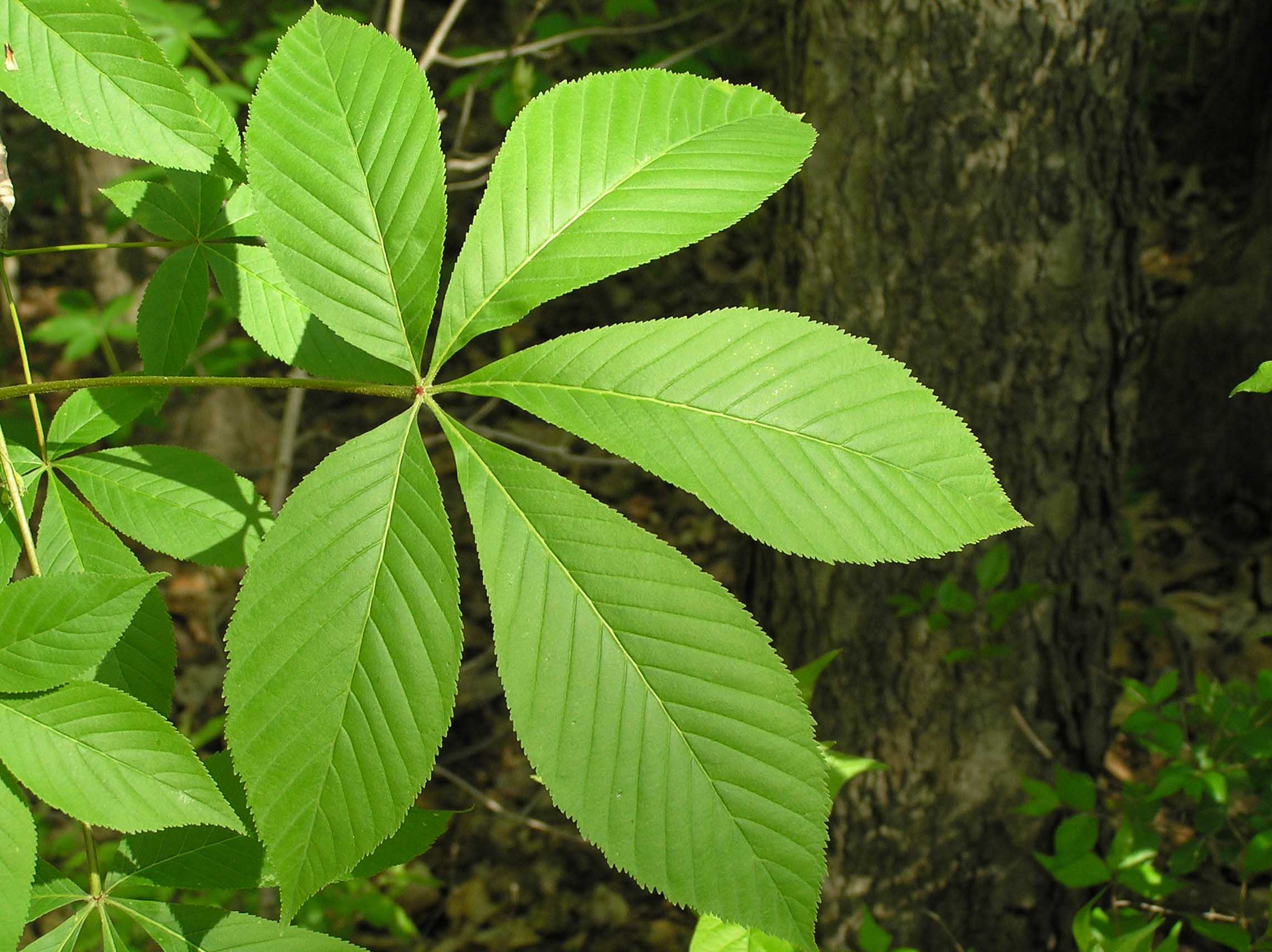
Ohio Buckeye Purdue Fort Wayne

Ohio Buckeye The Morton Arboretum
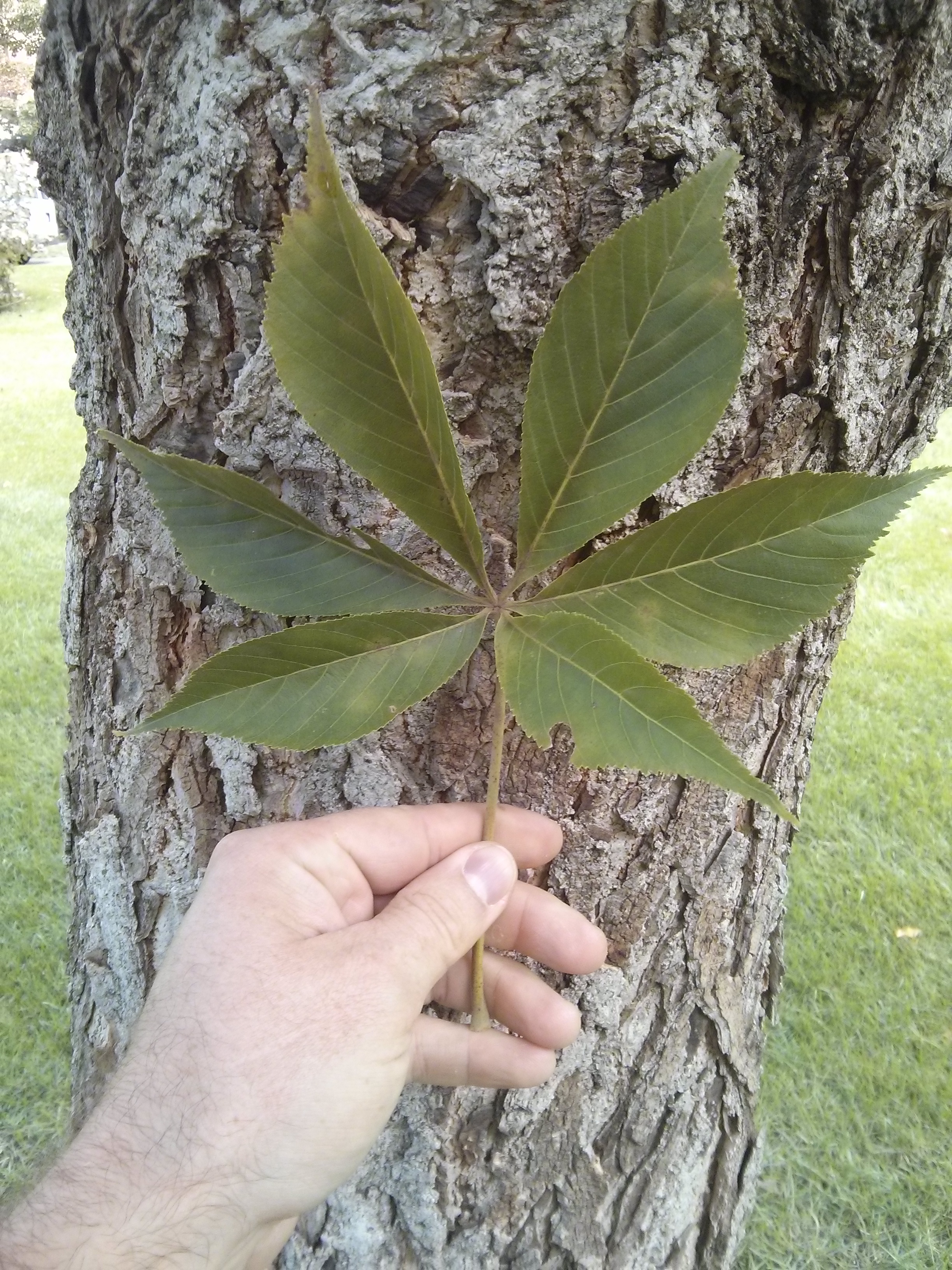
Ohio Buckeye Aesculus Glabra The Ufor Nursery Lab

Yellow Buckeye Purdue Fort Wayne
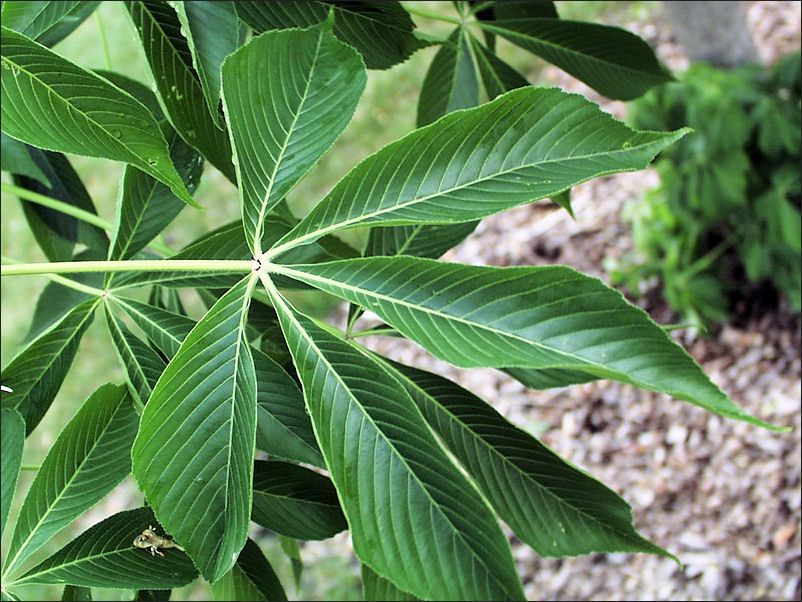
Ohio Buckeye Aesculus Glabra Great Plains Nursery
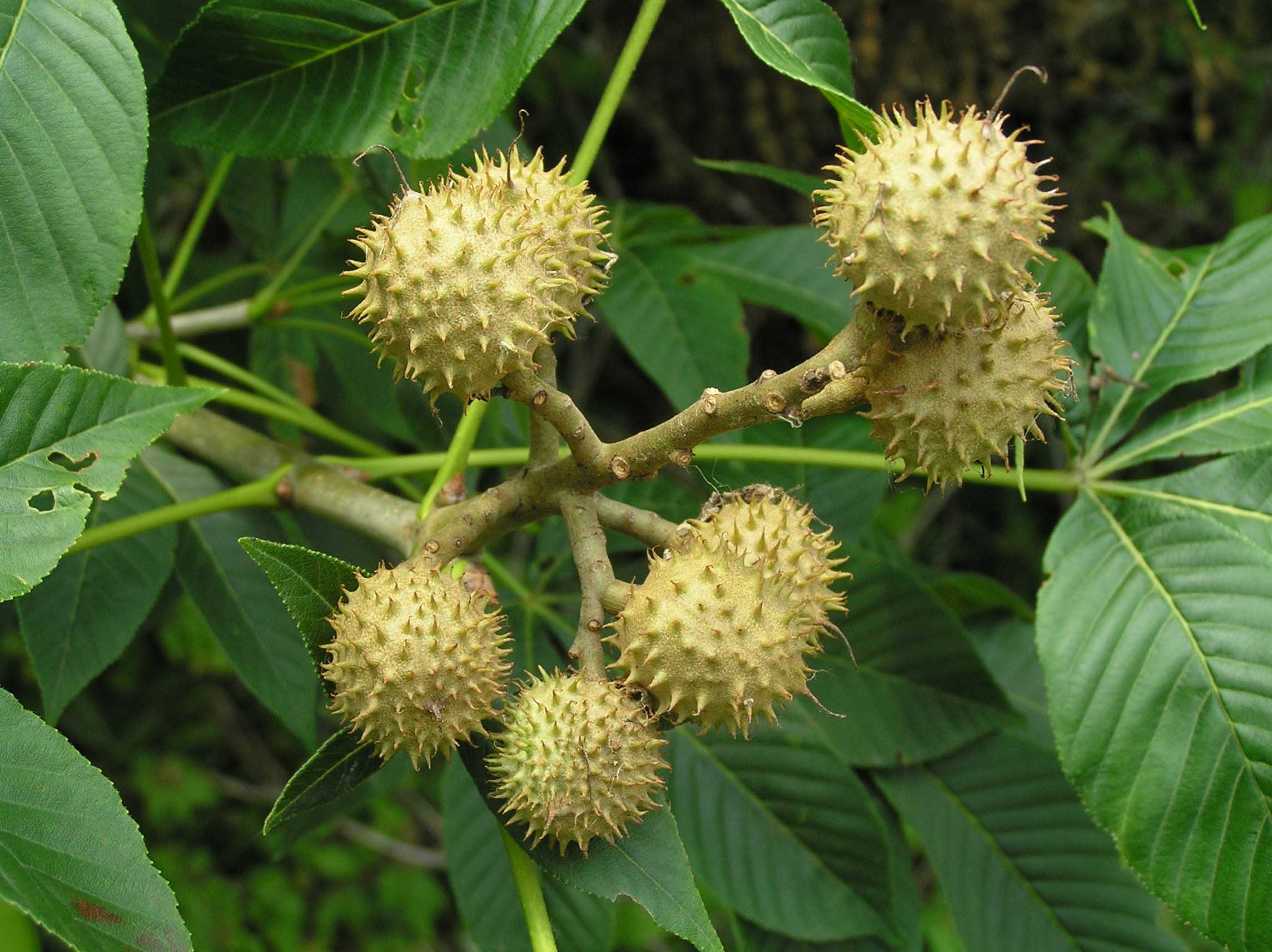
Ohio Buckeye Purdue Fort Wayne
Aesculus Glabra Ohio Buckeye Minnesota Wildflowers
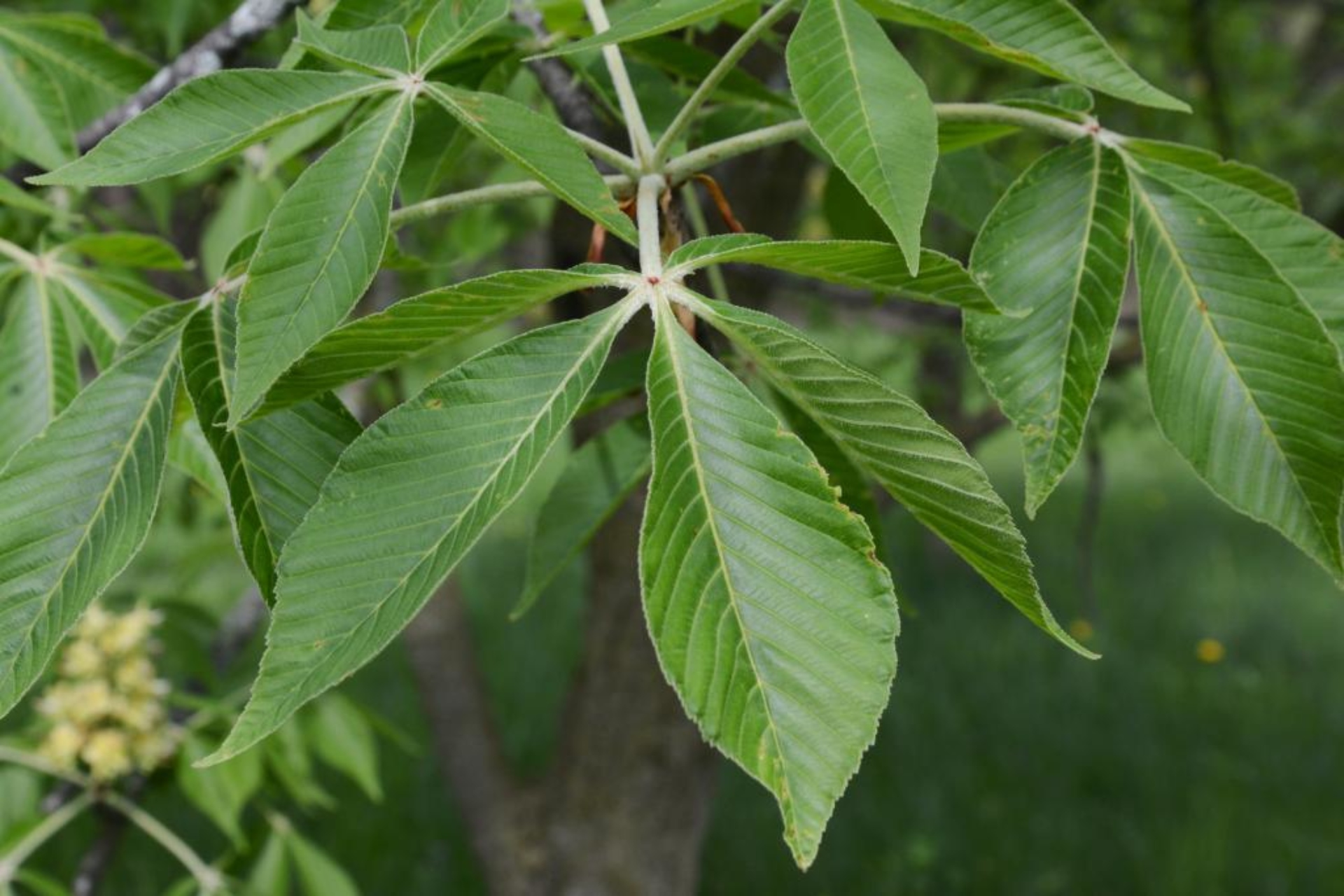
Ohio Buckeye The Morton Arboretum

The Story Of The Ohio Buckeyes Osu Bio Museum
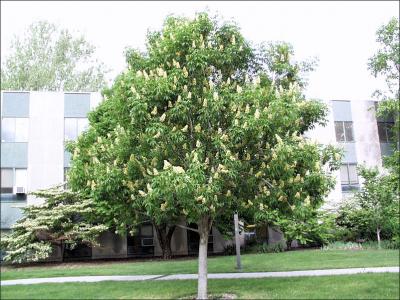
Tree Of The Month Ohio Buckeye Reforest London
Ohio State Fans 7 Things To Know About Growing An Ohio Buckeye Tree Senr
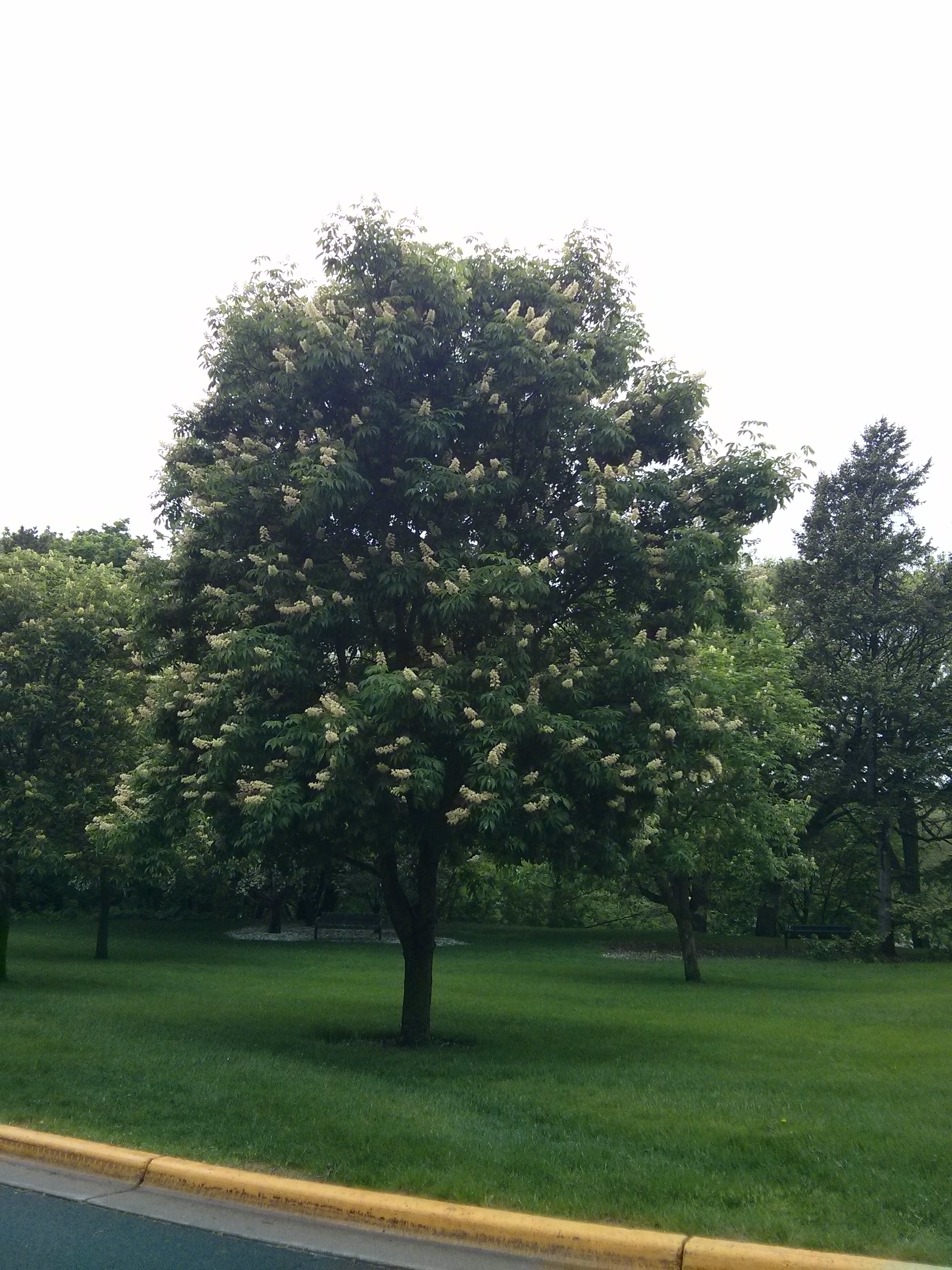
Ohio Buckeye Aesculus Glabra The Ufor Nursery Lab
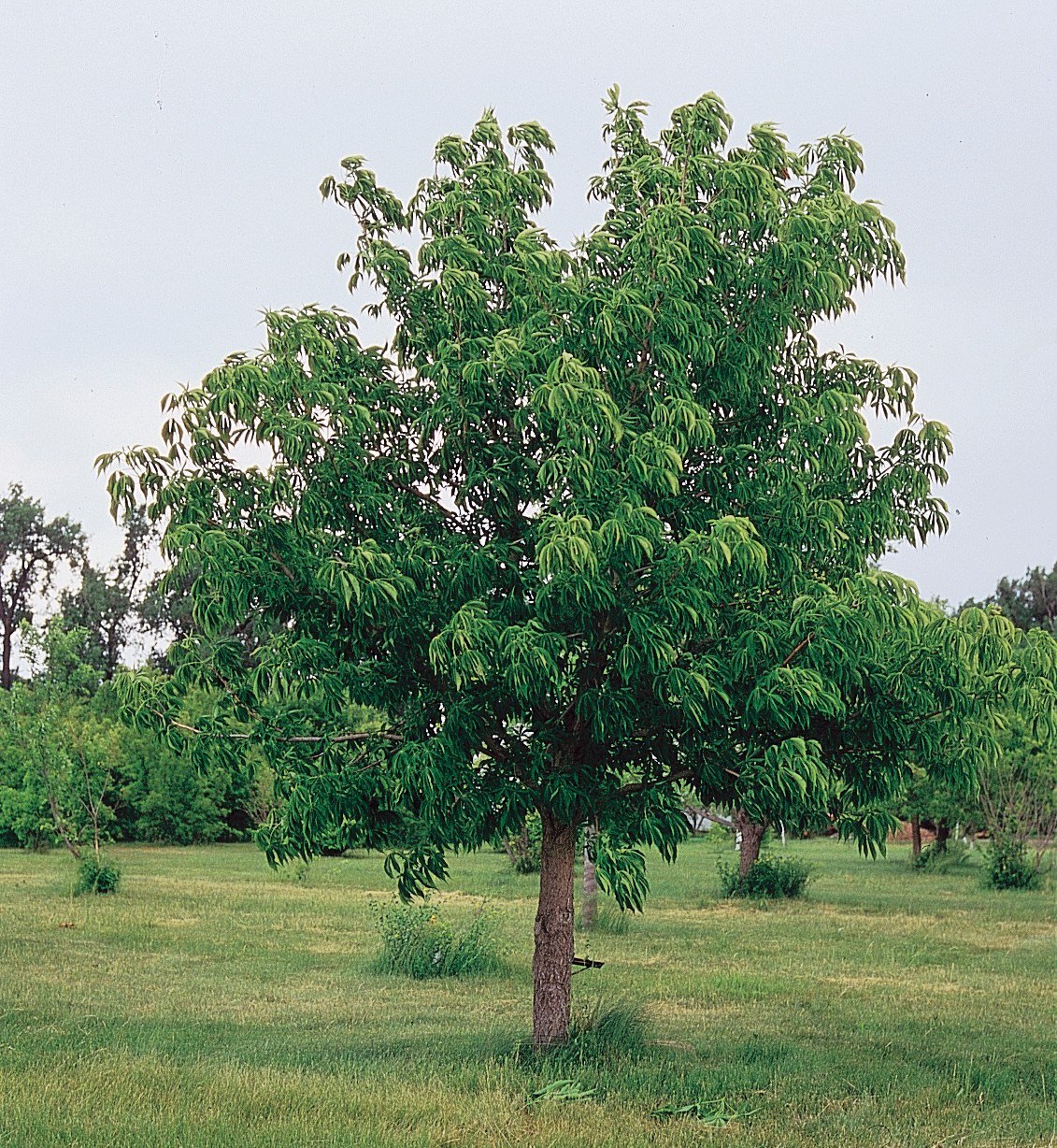
Buckeye Tree Learn About Nature

